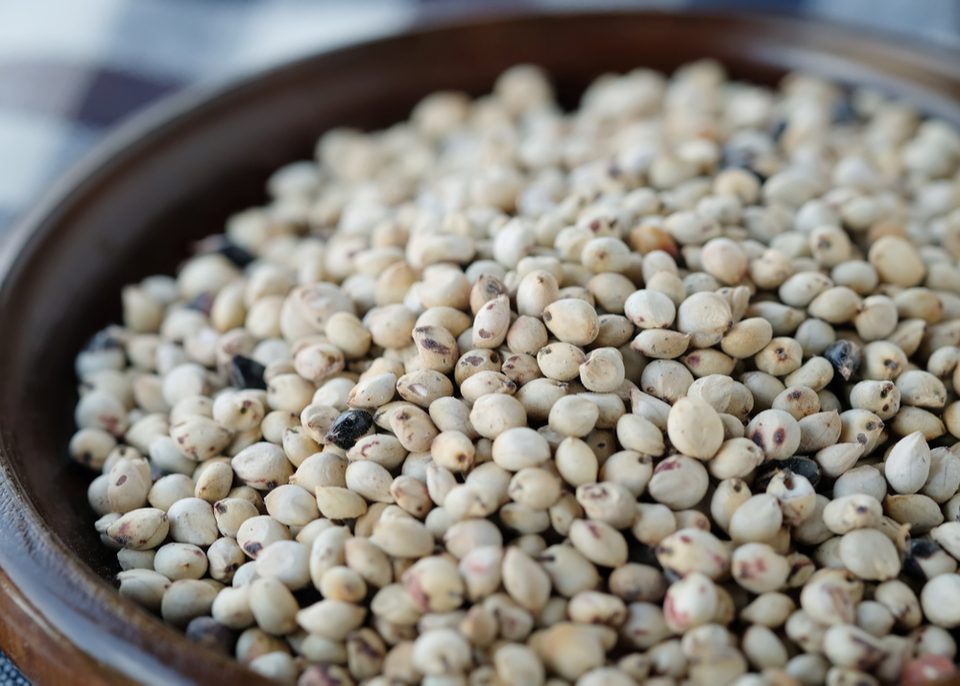The landlocked country of Mali in West Africa has a problem: After rampant deforestation, the Sahara Desert is creeping in from the north and eroding more and more arable soil into wasteland. One potential solution is the implementation of a specific type of sorghum plant that produces the crop itself, plus sap, and has been shown to regenerate the soil it’s planted it. Pretty cool, right?
There’s another problem: Turning sorghum sap into its usable, sellable syrup form takes boiling away about 90 percent of its water components. Removing that much water takes a lot of energy, which is at a premium in a place like Mali. For going on three years now engineering professors Greg Mowry and Camille George have been working to develop a portable, low-cost, durable system for this whole process, and with their 60-some years of experience they turned in spring semester to a seemingly unlikely source: a freshman.
“I landed in a meeting with Camille George [fall semester] and she said, ‘If you want to do research, come find me next semester and we’ll set you up with a project,'" now-sophomore Emily Walsh said. “I thought it was a good opportunity, so I grabbed it.”
This summer Walsh is grabbing that opportunity more than ever, pursuing the project full time and providing a new perspective in the process.
“She’s a self-selected, self-motivated and interested student, and she’s now part of the team as of completing one year,” Mowry said. “We haven’t been able to crack this nut in a way that allows for its use and meets all the requirements. We’re hoping Emily helps with that, with those fresh eyes. … It’s an important combination of new ways of looking at things, experience and youth.”
With the goal of helping to develop a workable prototype by fall semester so they can test with actual sorghum sap when it arrives, Walsh is diving deep into the syrup world. That started with a visit to a sugar shack in Taylors Falls last spring. As she's continued to work, she’s built on past student designs.
“It’s really exciting. It’s interesting to see how many little details there are that go into everything,” Walsh said. “When you look at a big picture in the beginning and Camille described it to me, it was just, ‘Wow, that’s really cool.’ Now I see the amount of work that has to go into each little element. Right now we’re trying to buy a pump, and every little thing you have to consider is a whole new challenge.”
After two meaningful mission trip experiences to the Dominican Republic when she was in high school, Walsh said contributing to a project with such powerful potential to help others drives her work every day.
“The second year I was [in the Dominican Republic] I was talking to a trip leader and they showed me designs for this oven; they have these shacks they do cooking in and the smoke is really bad for their respiratory systems. These moms are in there cooking and will have babies on their hips, so he showed me this engineer design for an oven with this smoke stack to help solve that problem. That’s so cool!” she said. “I know I want to help people and use my love for math, for physics, to help people however I can. That’s always been a big motivator for me with this project.”







